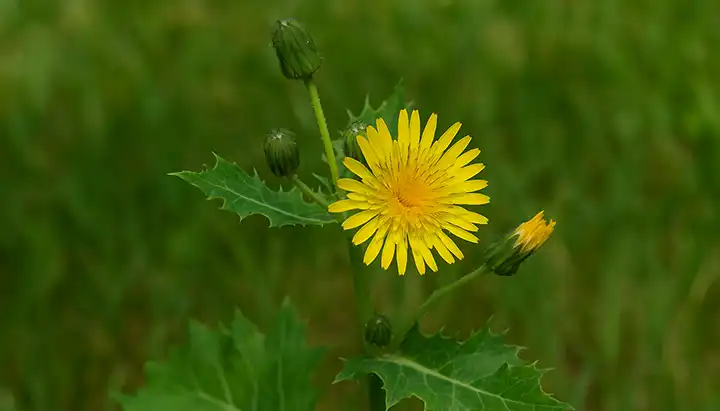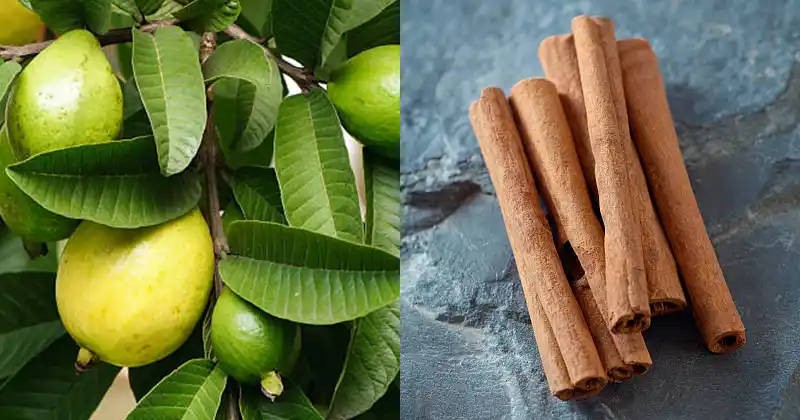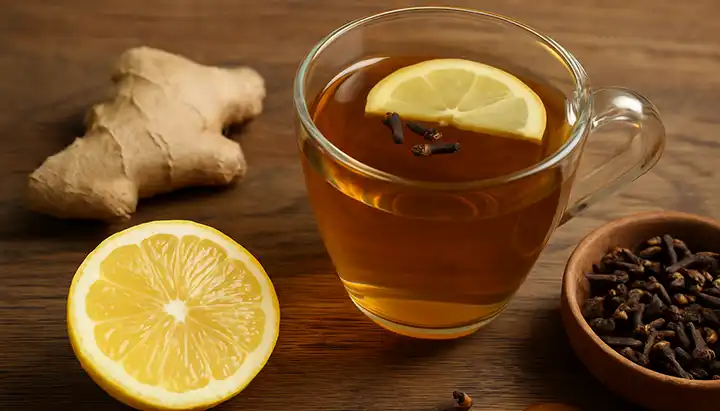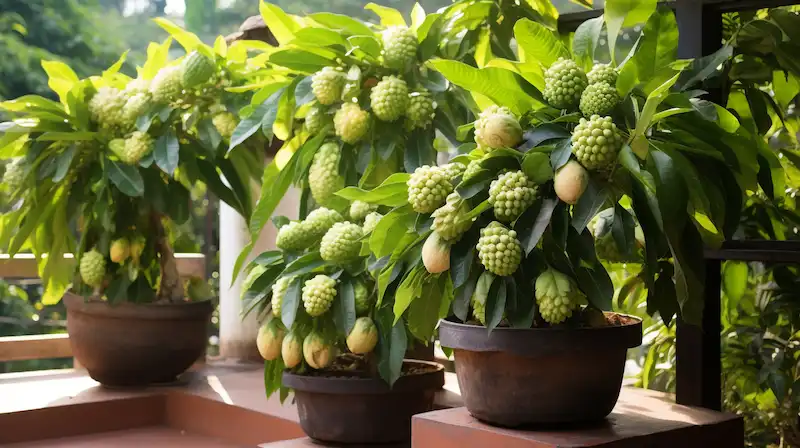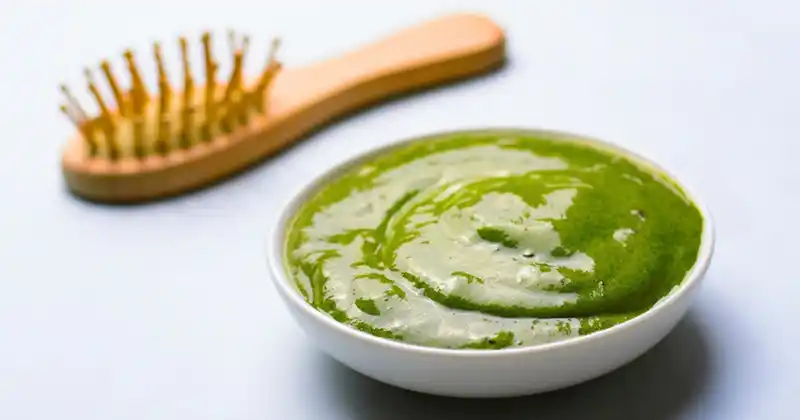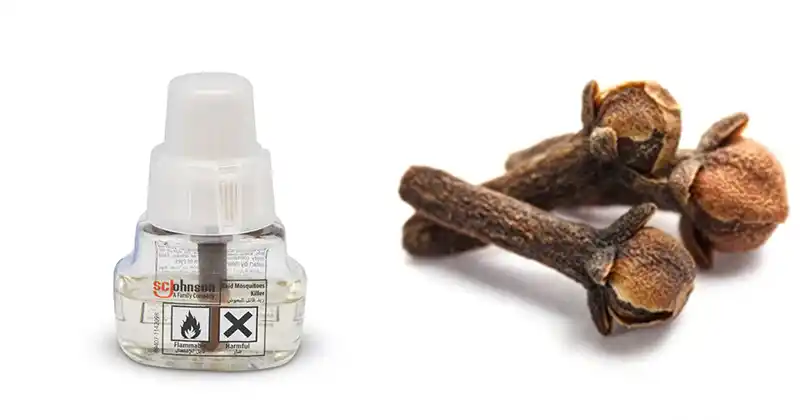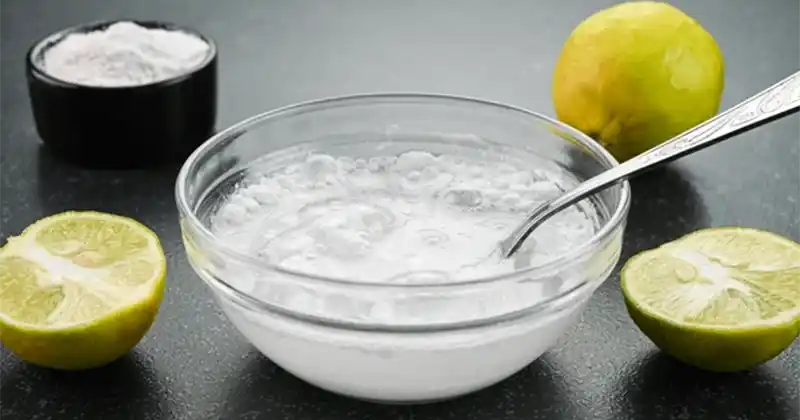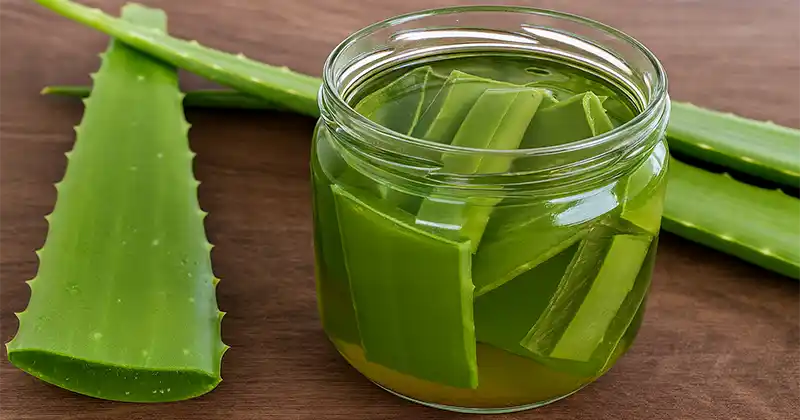Common milkweed (Asclepias syriaca) is a native plant of North America, recognized for its large leaves and pink-purple flower clusters. It plays a crucial ecological role, particularly in supporting monarch butterflies. Additionally, this plant has been traditionally utilized in medicine and foraging. Often underestimated, milkweed actually offers several potential health benefits when used appropriately.
Let’s delve into what makes this plant valuable for health purposes and how to use it safely at home.
15 Potential Health Benefits of Common Milkweed
1. Natural Expectorant
Milkweed root was traditionally used by Native American tribes to aid in loosening mucus and easing breathing during respiratory infections.
2. Digestive Aid
Small quantities of correctly prepared milkweed were used to boost digestion and alleviate bloating or gas.
3. Anti-inflammatory Properties
Some parts of the plant contain compounds that may help reduce swelling and inflammation, useful for treating sore joints or minor injuries.
4. Mild Pain Relief
The sap and root were historically applied as external poultices for localized pain relief.
5. Antiparasitic Action
Milkweed has been used as a natural remedy to expel intestinal worms or other parasites, though this should only be undertaken under professional supervision.
6. Skin Irritation Relief
The milky sap was sometimes applied topically (with caution) to treat warts, ringworm, and other skin conditions.
7. Fever Reducer
Traditional uses included decoctions made from the root to reduce fevers during infections.
8. Support for Urinary Tract Health
Some foragers brewed tea from the plant’s young shoots to promote urination and support urinary tract health.
9. Immune Support
Milkweed contains various antioxidants and phytochemicals that may bolster the immune system.
10. Relief for Rheumatism
Root poultices and teas were used by some Native healers to help alleviate symptoms of rheumatism or arthritis.
11. Relief for Bee Stings and Insect Bites
The milky sap, applied carefully, was believed to draw out venom and reduce swelling from stings and bites.
12. Mild Sedative Effect
A tea from the root was occasionally used to calm anxiety or assist with sleep, but should only be used in very small doses.
13. Antifungal Properties
Some traditional uses involved external application of milkweed for treating fungal skin conditions.
14. Menstrual Regulation
Certain indigenous groups used milkweed root tea to help regulate menstrual cycles or relieve cramps.
15. General Detoxifier
Milkweed teas were sometimes consumed as part of seasonal “cleanses” to stimulate elimination and refresh the system.
How to Use Common Milkweed Safely
⚠️ Important Note: Milkweed contains toxic compounds, especially in the sap and mature parts of the plant. It should never be consumed raw. Always properly identify, prepare, and cook the plant to ensure safety. Avoid if pregnant or breastfeeding.
Edible Parts (When Properly Prepared)
- Young Shoots: Harvested when under 6 inches tall, these can be boiled like asparagus. Blanch and rinse at least once to remove bitterness and toxins.
- Flower Buds: When still tight and green, they resemble broccoli and can be cooked in soups or stir-fries.
- Young Pods: Before they reach 1–2 inches long, these can be boiled and enjoyed like okra.
- Immature Floss: The white, silky center inside young pods can be cooked and added to dishes.
Medicinal Uses
- Milkweed Root Tea (external or internal use): Historically, a decoction (boiled root in water) was used in small amounts for respiratory or digestive issues. However, internal use must be extremely limited and supervised by a trained herbalist due to its potency.
- Sap (topical use only): The white latex-like sap can be dabbed on warts or ringworm patches, but avoid sensitive skin or open wounds.
- Poultices: Crushed leaves or roots were applied externally to inflamed areas, although this is more traditional than clinically tested.
Harvesting and Preparation Tips
- Harvest in Early Spring for edible shoots.
- Boil Thoroughly: At least 1–2 rounds of boiling with water changes are recommended to remove bitter glycosides and toxins.
- Dry for Storage: Roots and leaves can be dried for later external use, especially for poultices or salves.
Warnings and Disclaimer
- Toxic if Misused: Common milkweed contains cardiac glycosides and other compounds that can be dangerous if consumed raw or in large amounts.
- Avoid if Pregnant, Breastfeeding, or on Heart Medication.
- Do Not Confuse with Dogbane (Apocynum cannabinum), a similar-looking but far more toxic plant.
Always consult with a qualified herbalist or healthcare professional before using wild plants for medicinal purposes.
Though often dismissed as a weed, Common Milkweed holds numerous potential health benefits when used wisely. With proper identification and preparation, this native plant can provide nutritious food or gentle herbal remedies. Whether foraging for wild greens or exploring traditional medicine, milkweed serves as a powerful reminder that nature often hides value in unexpected places.

